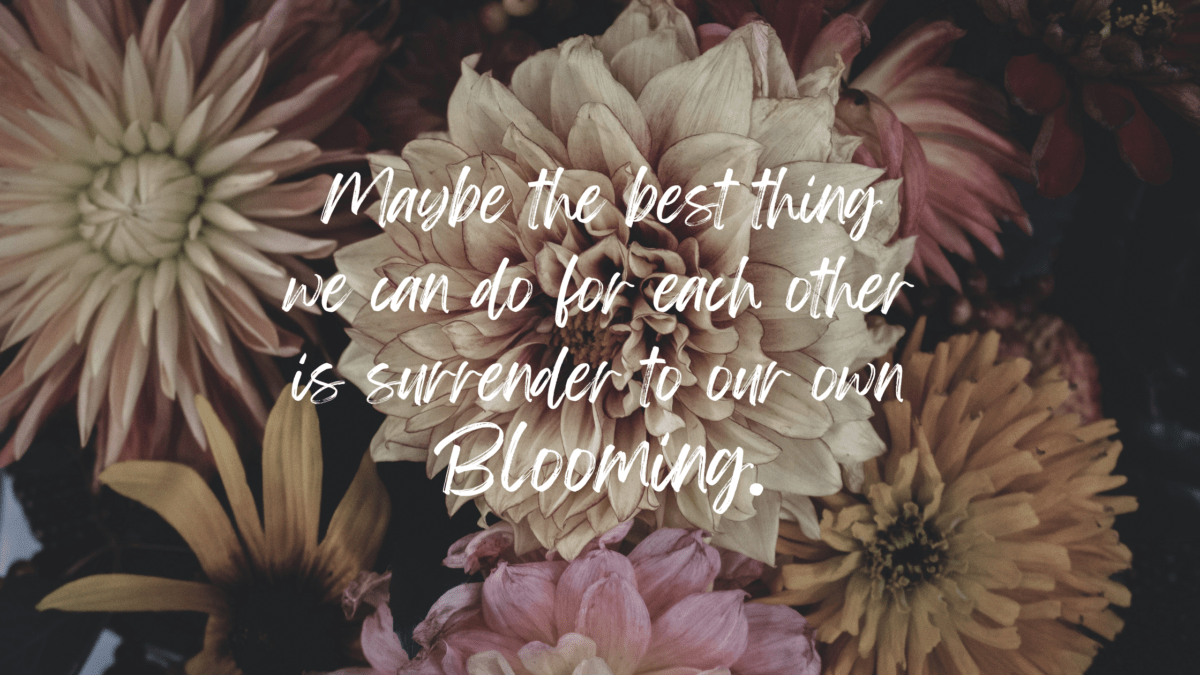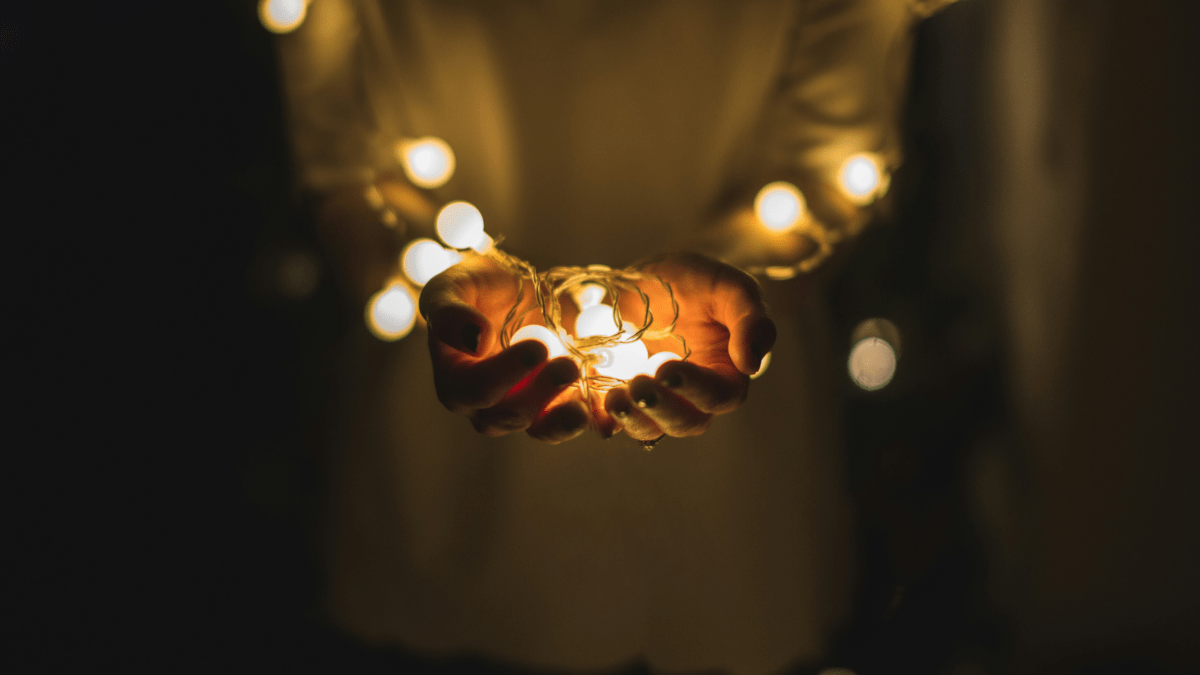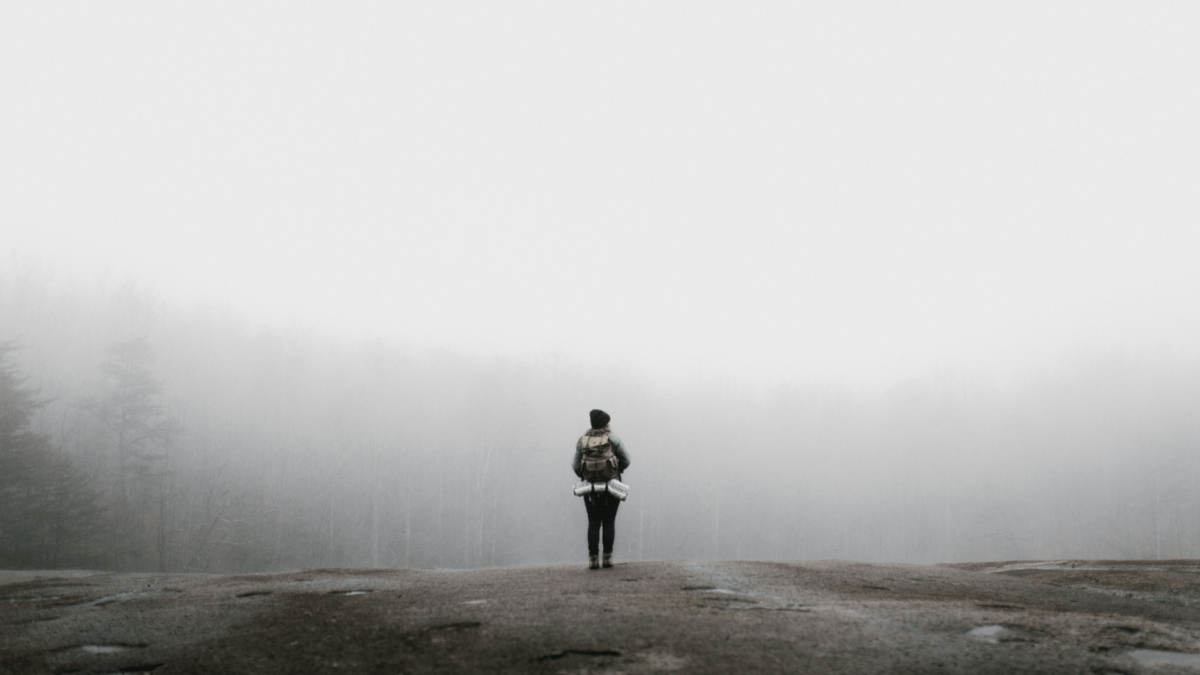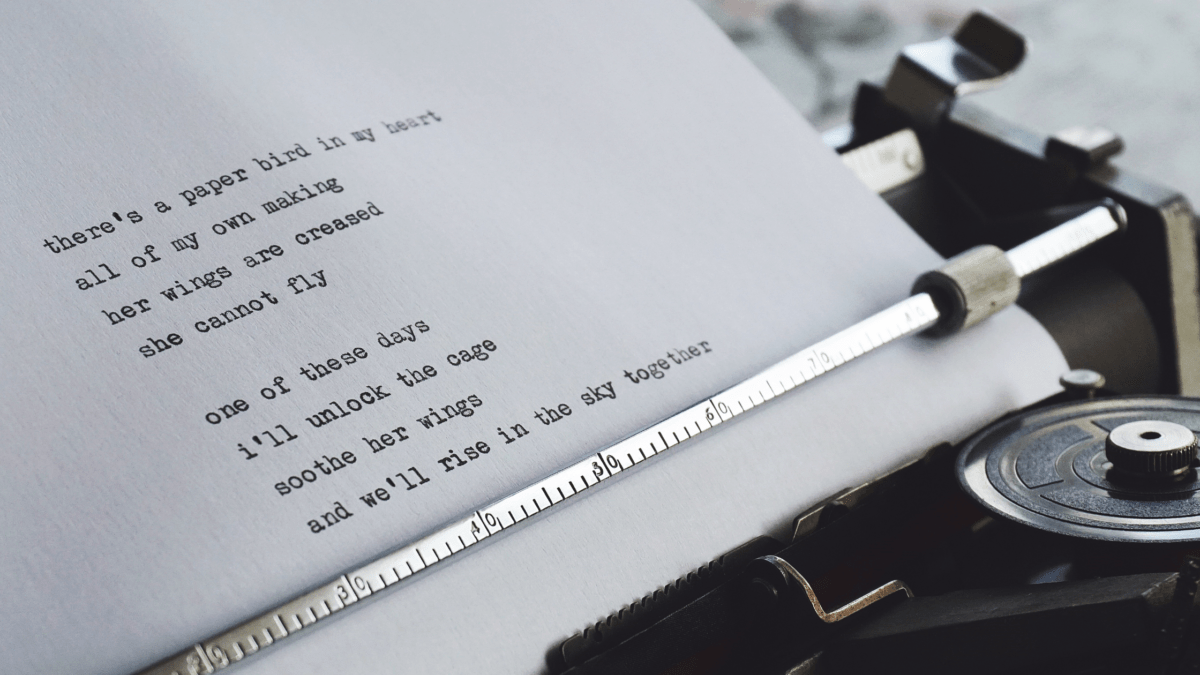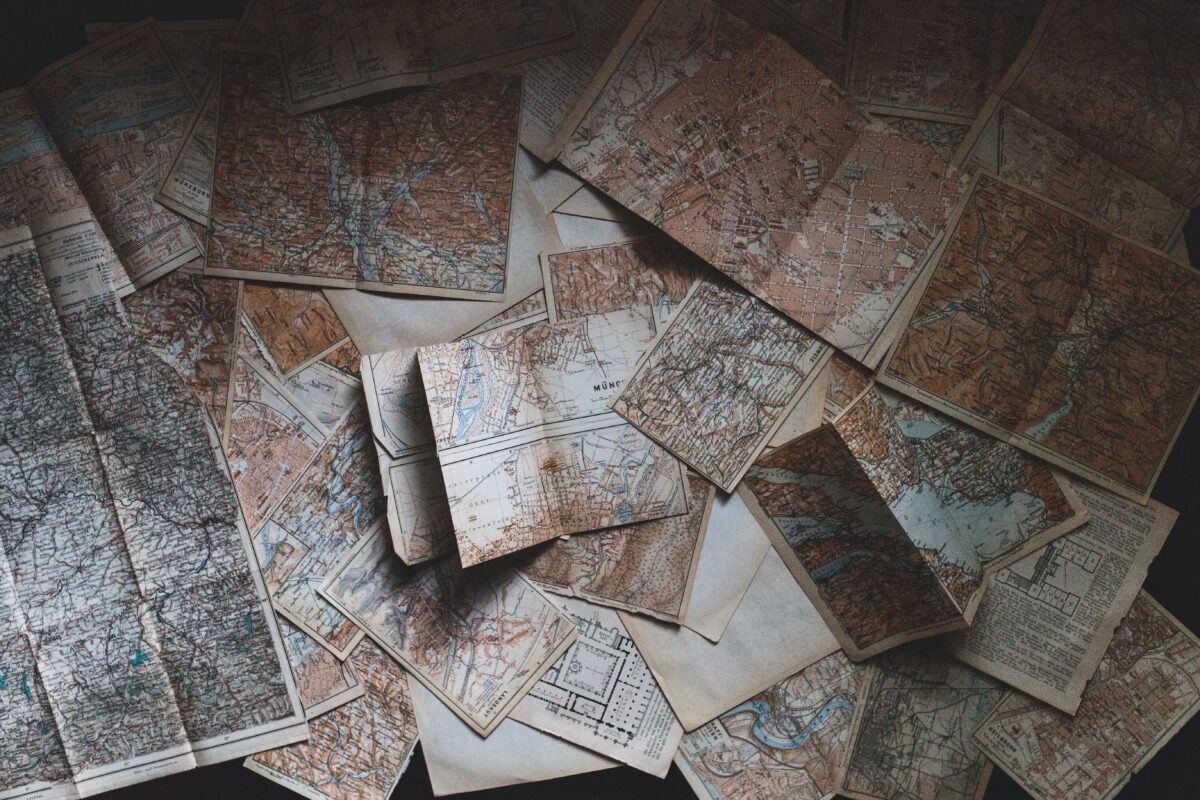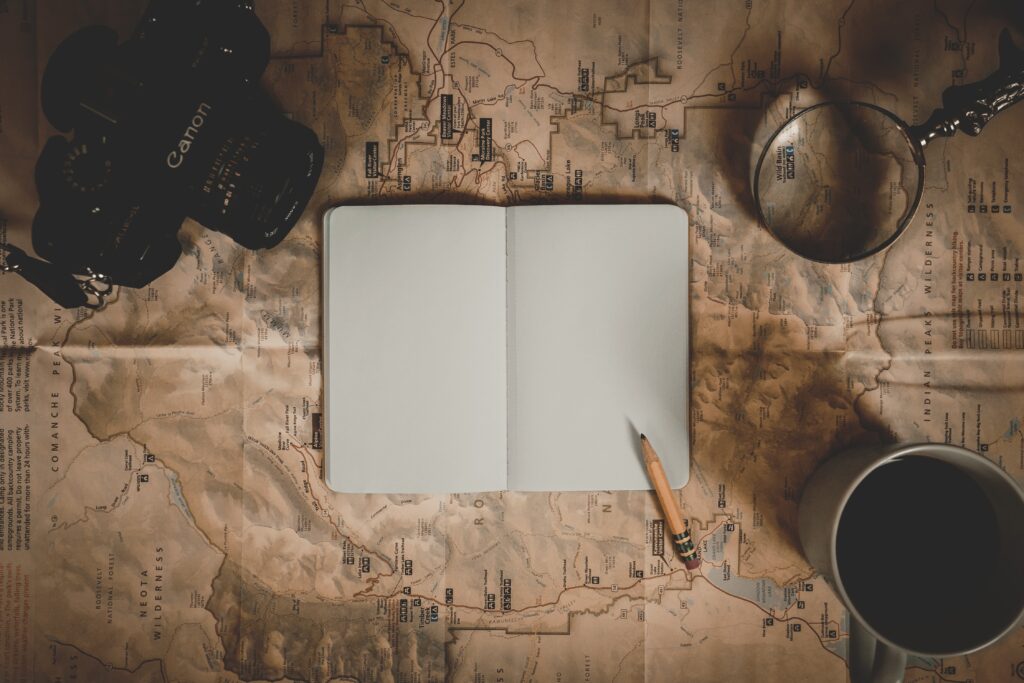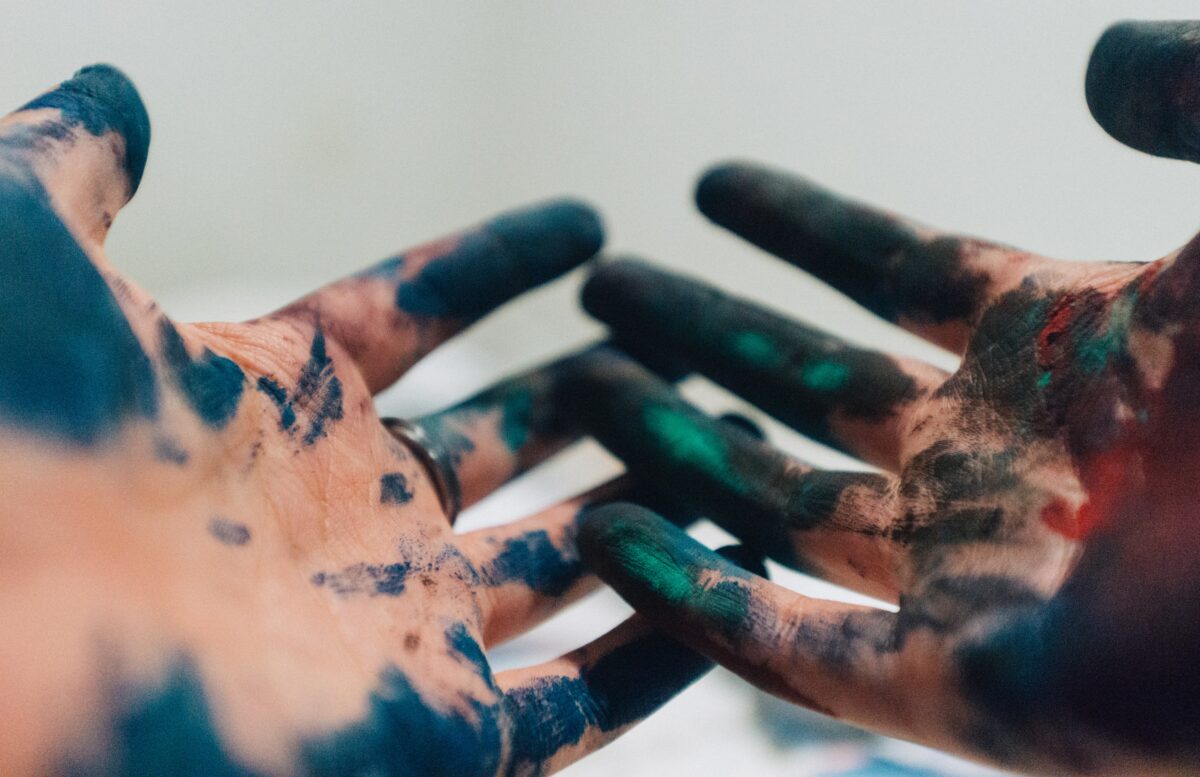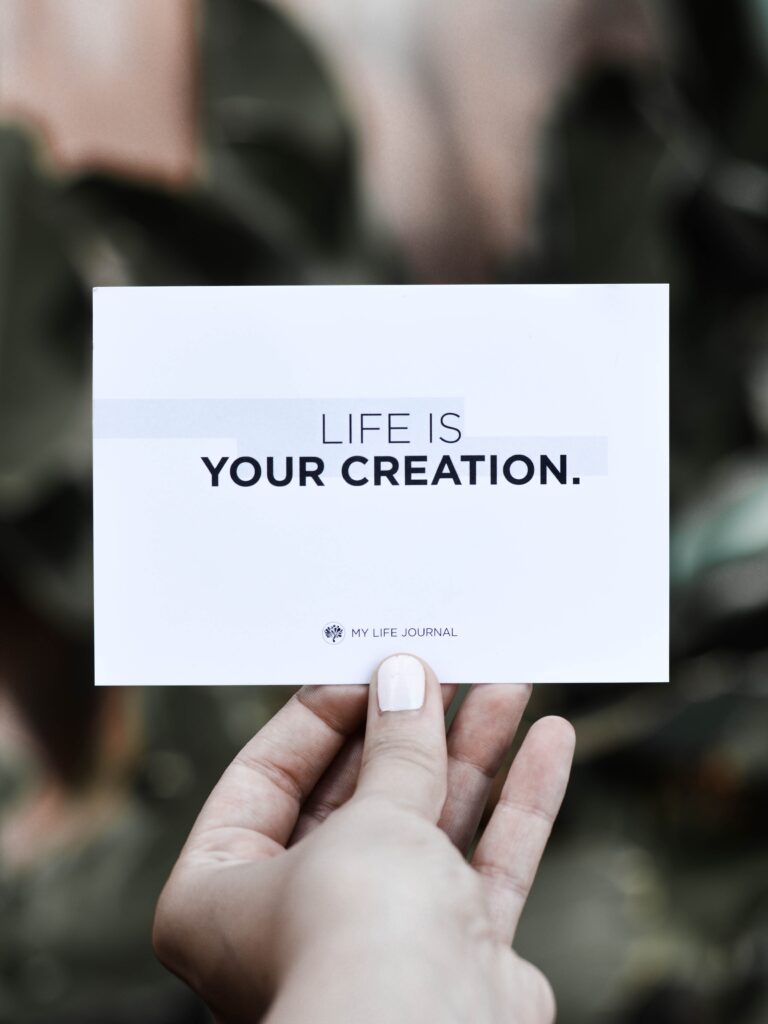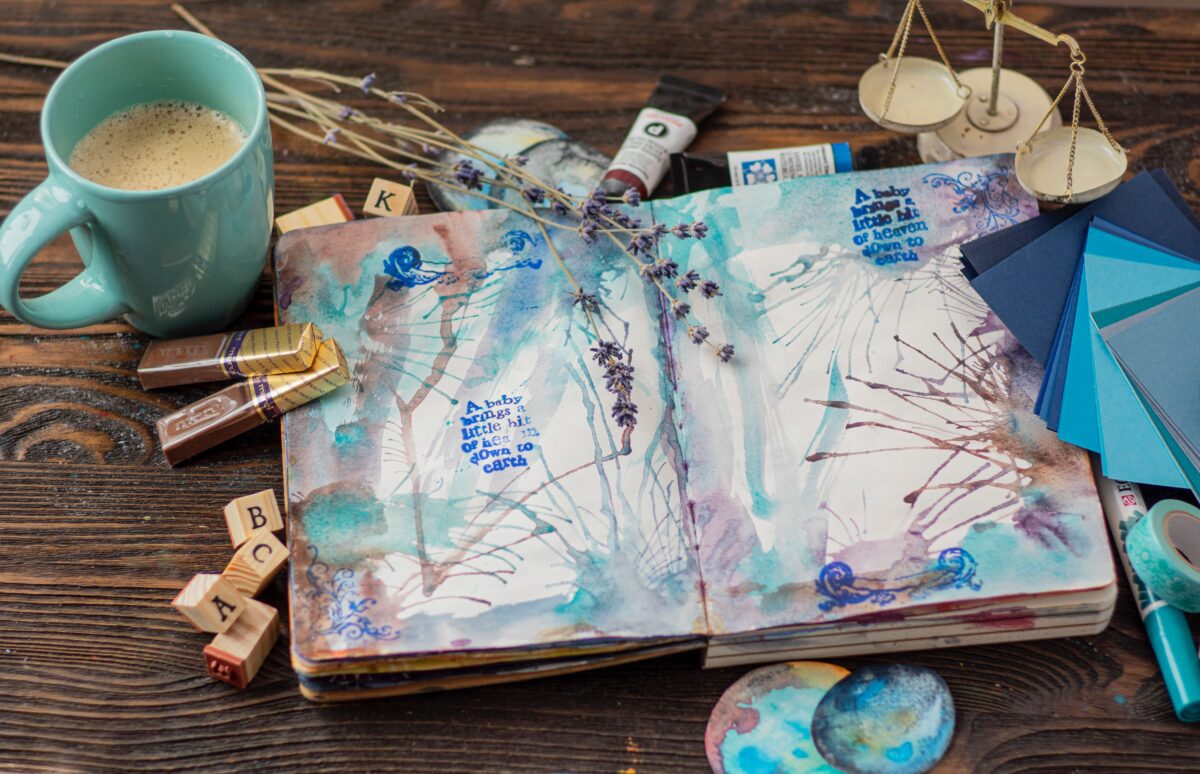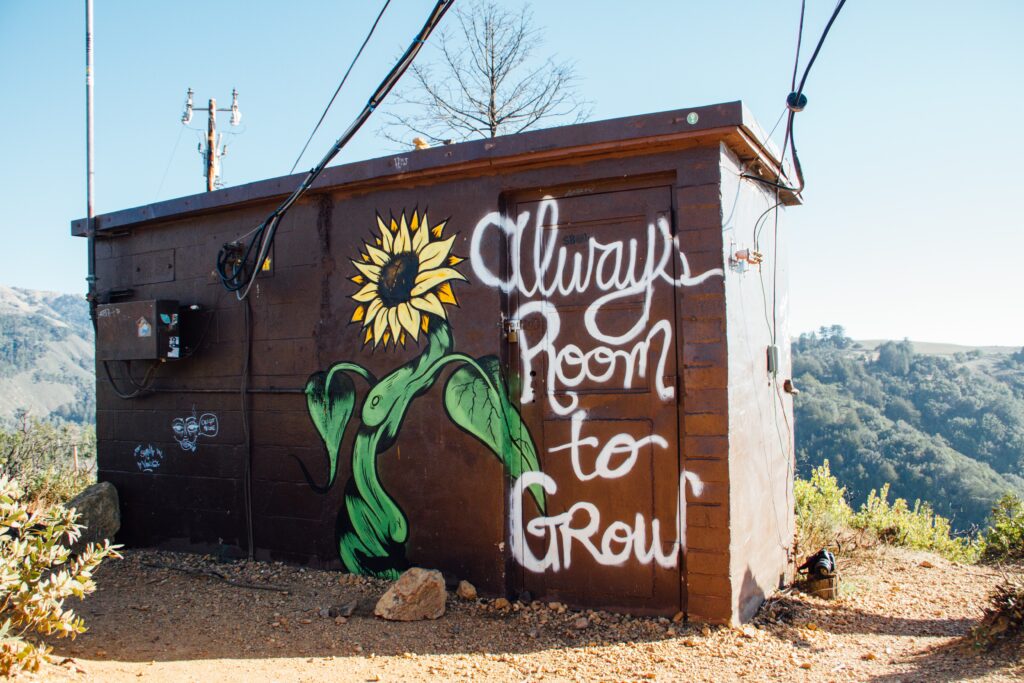Having earned my diploma in floristry, I worked as a florist in the years after I left school. In that time, I learned a lot about flowers, and not just how to arrange them.
Flowers are amazing because they do so many things. They attract bees and other pollinators, help plants reproduce, and add to the diversity of life around us. Each flower has its own unique shape and colour, which shows how they’ve adapted to their environment.
Working with flowers made me appreciate how they’re more than just pretty objects. They symbolise emotions, commemorate important moments in our lives, and maintain our connection to the natural world. Moreover, flowers represent growth and renewal, reminding us of the continuous cycles of life and the beauty of new beginnings.
Growth and renewal are fundamental aspects of life. This concept of reblooming—of coming into bloom again after a period of dormancy or decline—is a powerful metaphor for the resilience and renewal we can find within ourselves.
What Does Reblooming Mean?
In the world of floristry, reblooming is the phenomenon where plants flower more than once in their growing season. Similarly, in our lives, reblooming can mean recovering from setbacks, finding new energy after burnout, or embracing new beginnings after endings. It’s a reminder that it’s always possible to flourish again, despite past difficulties.
Embracing Life’s Cycles
Just as perennials in the garden bloom anew each season, we too can find opportunities for renewal at different stages of our lives. Recognizing that life is composed of cycles — each with its own time for growth and rejuvenation — helps us maintain hope and stay open to new possibilities.
How to Embrace Change and Reblooming
To successfully rebloom, embracing change is essential. Here’s how you can start:
-Let Go of the Past: Release old habits and beliefs that don’t serve your growth. This is akin to pruning dead flowers to make way for new growth.
Letting go is often a gradual process, like lifting one finger at a time before releasing something from your palm. It’s scary and lonely, and there’s often grief and doubt to navigate through. Sometimes, we have to let go of beliefs, people, or ways of living that we never imagined we would, making the shock of it all yet another aspect to process.
– Cultivate New Habits: Like a gardener nurturing their plants, cultivate habits and thoughts that encourage growth and positivity. Put yourself in the way of beauty, seeking out and appreciating the small wonders in everyday life.
Practice gratitude to shift your focus to the positive aspects of your experiences. Learn to be present, embracing each moment fully without dwelling on the past or worrying about the future.
Embrace creativity and self-expression, allowing yourself the freedom to explore and develop your unique talents and passions. By doing so, you create a fertile environment for personal growth and fulfillment.
-Stay Open to Learning: Every phase of life has lessons to offer. Stay curious and open to the new insights each season brings. Learning is growing, and intentionally enrolling in education can move your life forward with assistance.
It’s like hopping on a train—the syllabus will take you somewhere, and by the time you have completed your study, you will have arrived at another destination.
Learning is easier than ever, so don’t let time or finances get in the way. If you can’t afford to enroll in a course, commit to watching a series of YouTube videos about a subject, listening to a podcast series, or visiting your local or online library to indulge in learning.
Trust me when I say learning can be a lifeline.
The Benefits of Reblooming
Reblooming is not merely about recovery; it’s about reaching new levels of growth and understanding. It can lead to increased resilience, deeper self-awareness, and a renewed sense of purpose.
Each time we rebloom, we enhance our capacity to navigate life’s challenges.
Embracing the idea of reblooming can transform how we view our lives. It encourages us to keep evolving and growing, no matter what challenges we face.
Remember, with each season, there’s a fresh opportunity to start anew and bloom once again.
Poem used in the image is from ‘A Strong and Fragile Thing’, musing on the wisdom and wonder found in the natural world.

